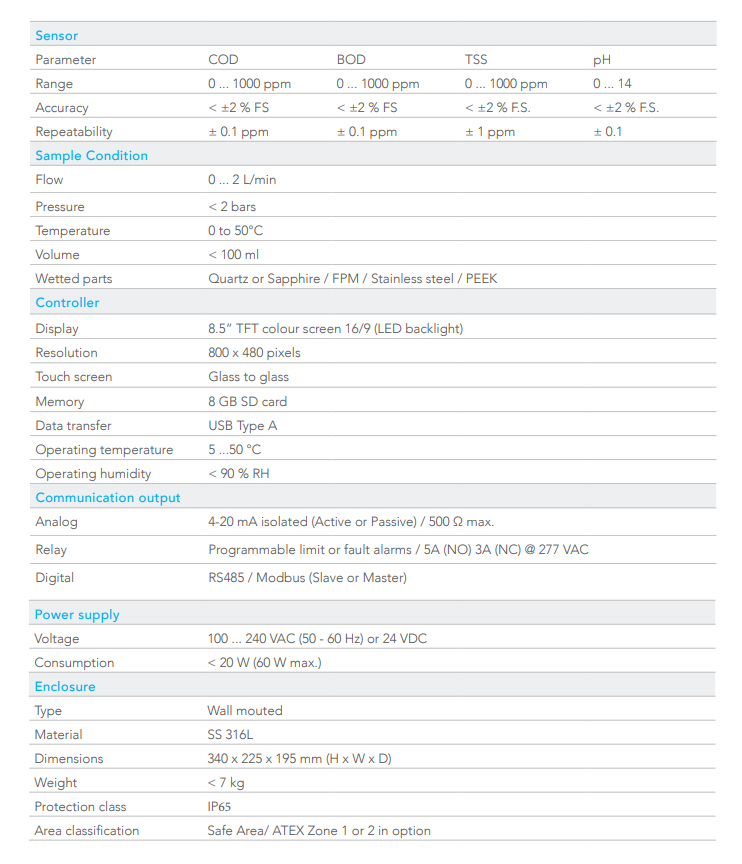Water Monitoring System
Introduction
Online pollution monitoring for effluent discharge from various sources.
Key Features
- System suitable for in process monitoring of parameters BOD, COD, pH, TDS, TSS, EMF, Cr, Ar, Ammonia for effluent.
- Inbuilt PC and Software is offered, which connects directly for online status transmission as per the requirement of CPCB and state government pollution control departments.
- Sample taken directly from discharge pipe which drops water into effluent reservoir for precise readings.
- All sensor housed in indoor/outdoor panel.
- Remote/Local R.O water calibration. server by mobile phones also.
COD, BOD, Tss, pH On-line water analyzer L600
Application
- Surface water (rivers, lakes...)
- Industrial waste water
- Petrochemical
Benefits
- High Selectivity
- Very low interference
- Low detection limit
- High Reliability
- No moving parts
- High quality material
- No contact with detector
- Simplicity
- Easy to use
- Short-time operation
- Robustness
- Can be installed outside in corrosive or explosive area
- No spare parts are needed to be change
Features
- Measurement
- High resolution and sensitivity optical sensor
- Powerful mathematical
- Treatment FTLS Sampling
- Multiplexing system in option
- Heated or cooling system in option
- Communication and interface
- On board memory for storage data (16 GB)
- Intuitive friendly interface on TFT color touch screen (glass to glass)
- Enclosure
- IP65 Stainless Steel enclosure
- ATEX in option Maintenance
- 10 year lifetime UV lamp
- Once a year callibration
Basic methods

UV absorption
According to Beer-Lambert’s law. Absorbance spectrum calculation is the difference between incident light (IT0) on ZERO (or BLANK) and transmitted light (ITS) on SAMPLE (or SPAN). Absorbance is defined as follows:
Sample absorption spectrum is treated using the Fourier Transform Least Square mathematical treatment (FTLS) in order to extract the spectrum corresponding to each element to be monitored.
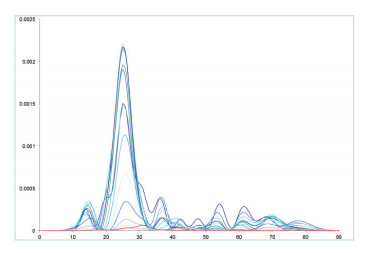
COD/BOD
In environmental chemistry, the chemical oxygen demand (COD/BOD) test is commonly used to indirectly measure the amount of organic compounds in water
L600 is a dedicated on-line analyzer for determining true COD/BOD values in water matrices, in compliance with standard methods. L600 uses UVVisible absorbance spectroscopy with full spectrum scanning from 180-720nm Double Beam technology, provides selective, accurate and real-time measurement of COD/BOD.
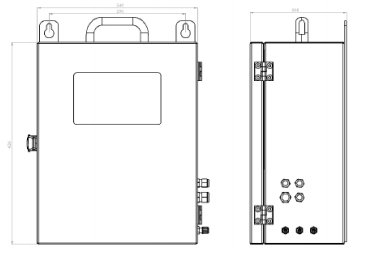
Basic methods
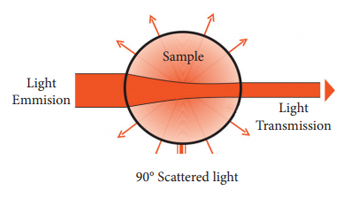
Nephelometer
Nephelometer can efficiently measure the concentration of turbidity.
A nephelometer is an instrument for measuring concentration of suspended particulates in a liquid or gas colloid. Nephelometers are calibrated to a know particulate and then use environmental factors to compensate lighter or darker colour dusts accordingly.
ISE
Ion-selective electrode (ISE) is a classical method to measure the pH in liquid. The difference from each analyzer is between sensors, if it’s more sensitive, more stable.
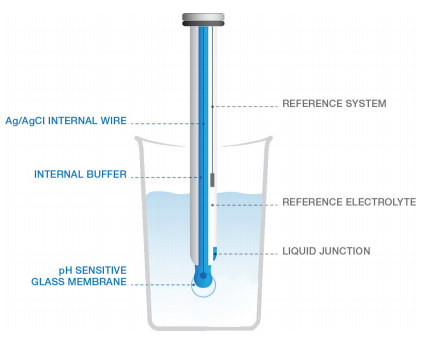
An ion-selective electrode, also know as a specific ion electrode (SIE). It’s a sensor that converts the activity of a specific ion dissolved in a solution into an electrical potential, which can be measured by pH meter.
Technical specification
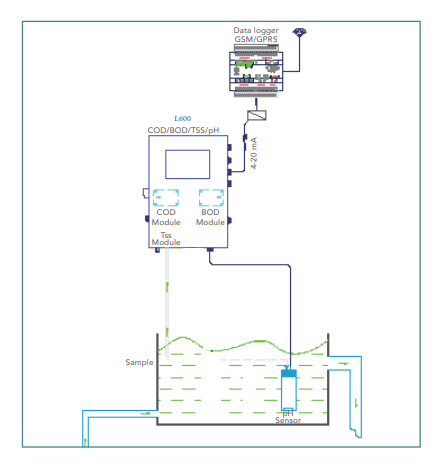
Schema
This schema shows us how to install our on-line analyzer on site.
Size
The images show the size of our analyzer
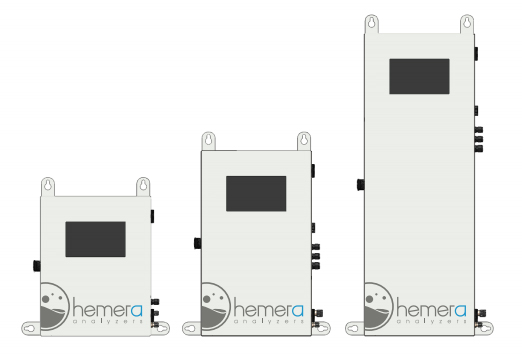
Technical Specification
